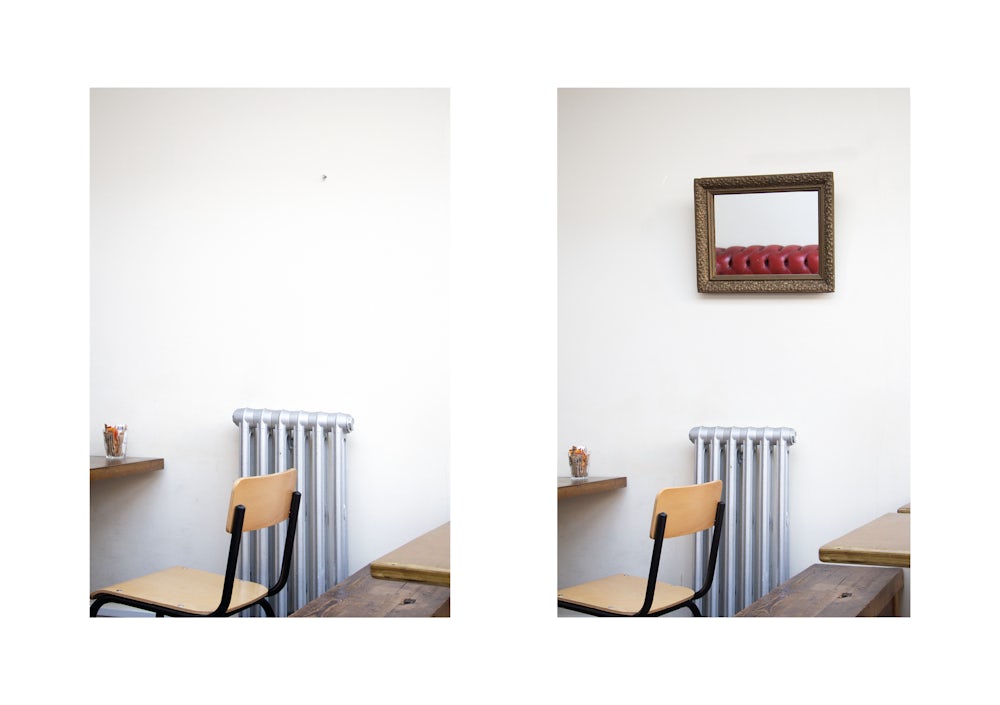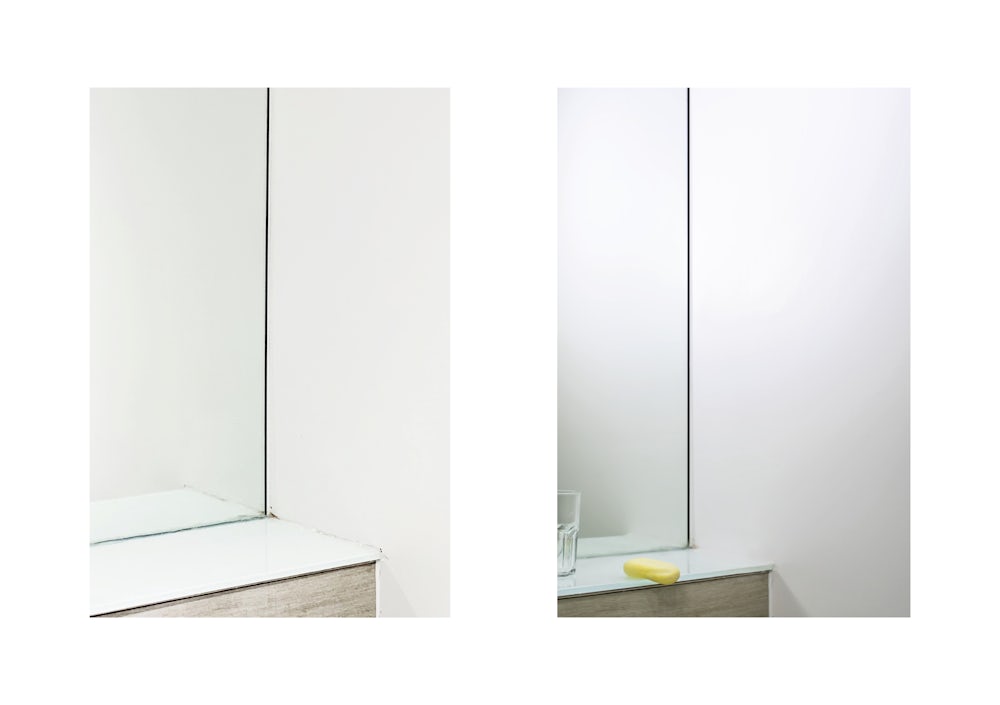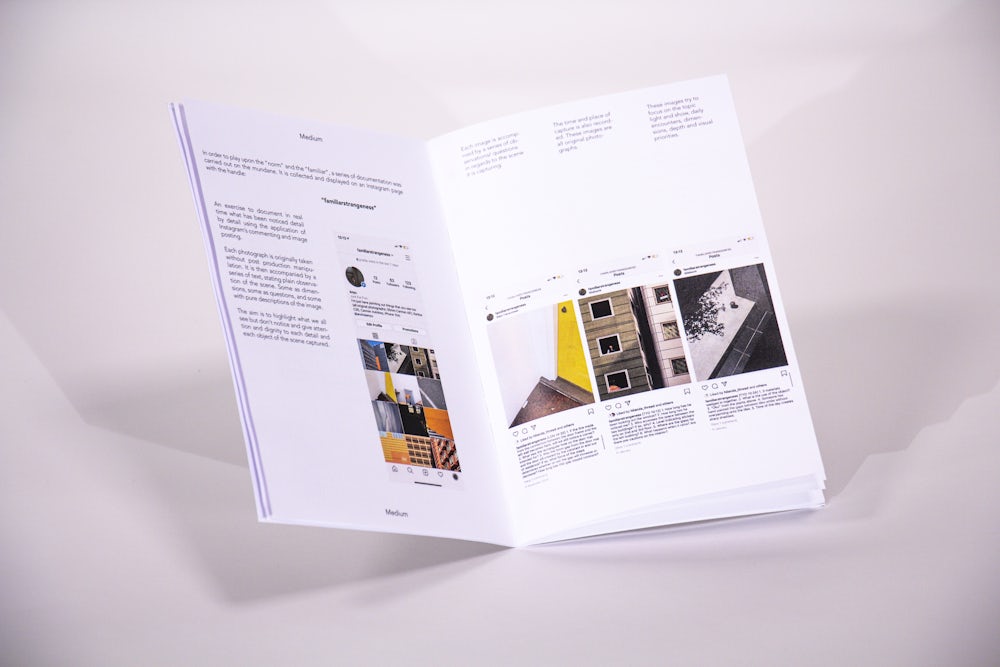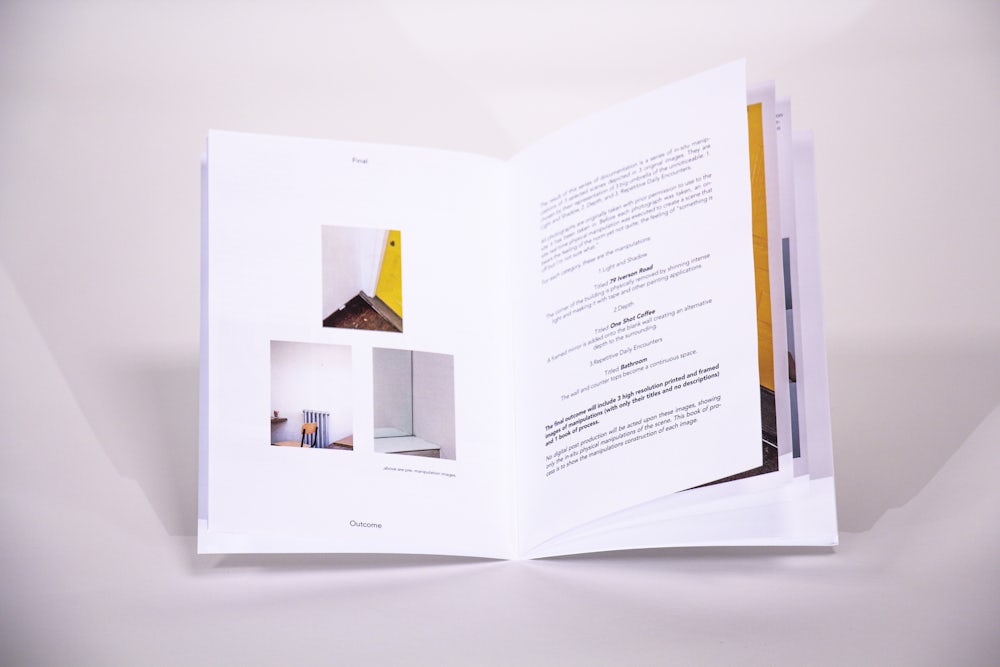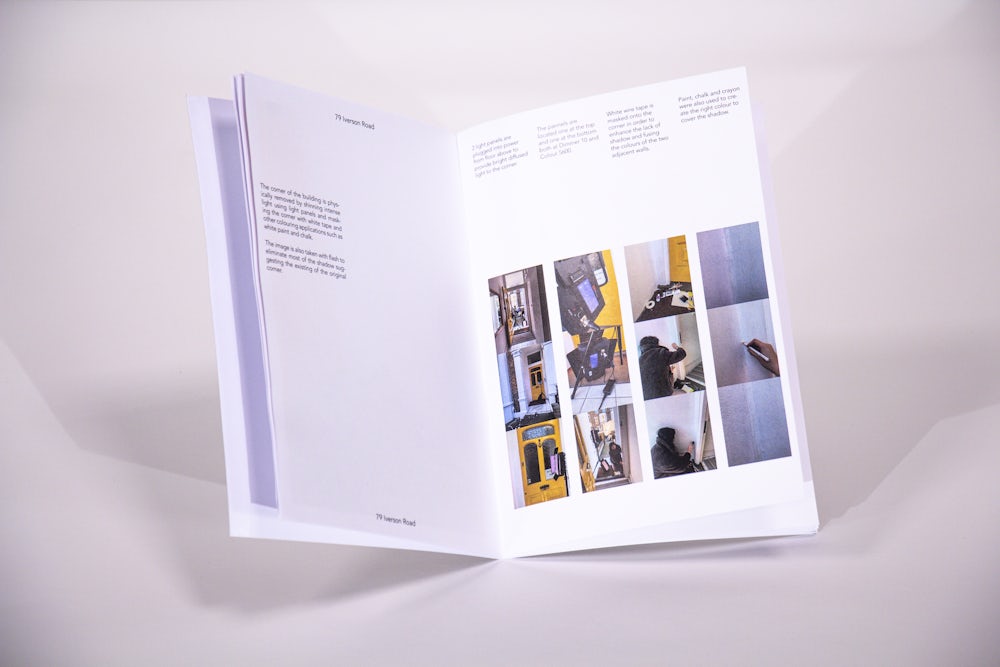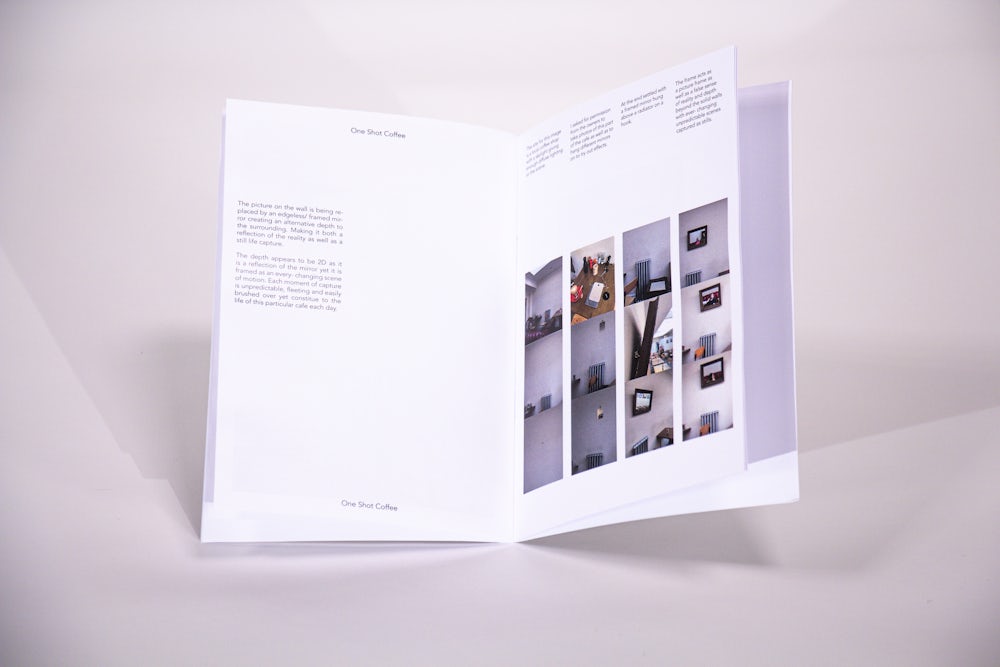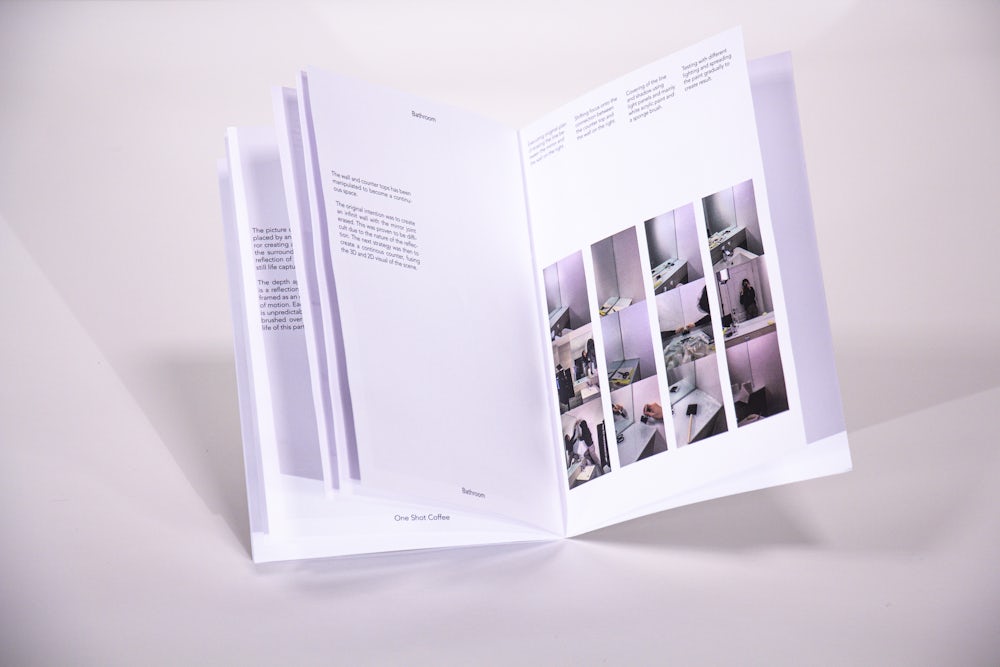Reading banality requires burrowing into what is most ordinary about ordinary life, in order to see. To see what? Perhaps how people are making do, perhaps what is being lost, perhaps the structural changes reverberating throughout the society.1
For my media studies projects, I aim to mediate the everyday that we see but don’t notice. Each functional daily object that we take for granted, may have a completely different and particular implication on another individual. How we eat, drink, dress, walk, talk, look, write, wash, close a door, switch on a lamp, pull out a chair, hang up the laundry and more, all require using a wide variation of standardised objects. For example some people may associate a small bamboo stick with a cocktail stick. While some others, may find it useful as a way to clean the gaps between their teeth. Similarly, one may associate a guarded area as safety and to another it may evoke a sense of confinement. What is familiar to us has become embedded into our daily living. Familiarity often omits thinking.
How long does it take for someone to realise when something familiar has been manipulated? And how long does one adapt and associate such manipulation as the new “norm”?
The project concerns noticing the unnoticed, paying attention to surroundings, scenarios and situations. To highlight what is already there.
The “norm” and the “familiar”, expressed through a series of documentation on the mundane. It is also displayed on an Instagram page with the handle: “familiarstrangeness”.
Each photograph is accompanied with text which describes dimensions, questions, descriptions of the image. The aim is to highlight what we all see but don’t notice and give attention and dignity to each detail and each object of the scene. The act of dissecting the unnoticed and pulling it apart, aims to represent what we see and what is truly occurring. To disconnect notion of familiarity from the image.
The result is an in-situ manipulation of 3 selected scenes depicted in 3 original images. 1. Light and Shadow, 2. Depth, and 3. Repetitive Daily Encounters.
Robert Hariman and John Louis Lucaites (2007) ↩

